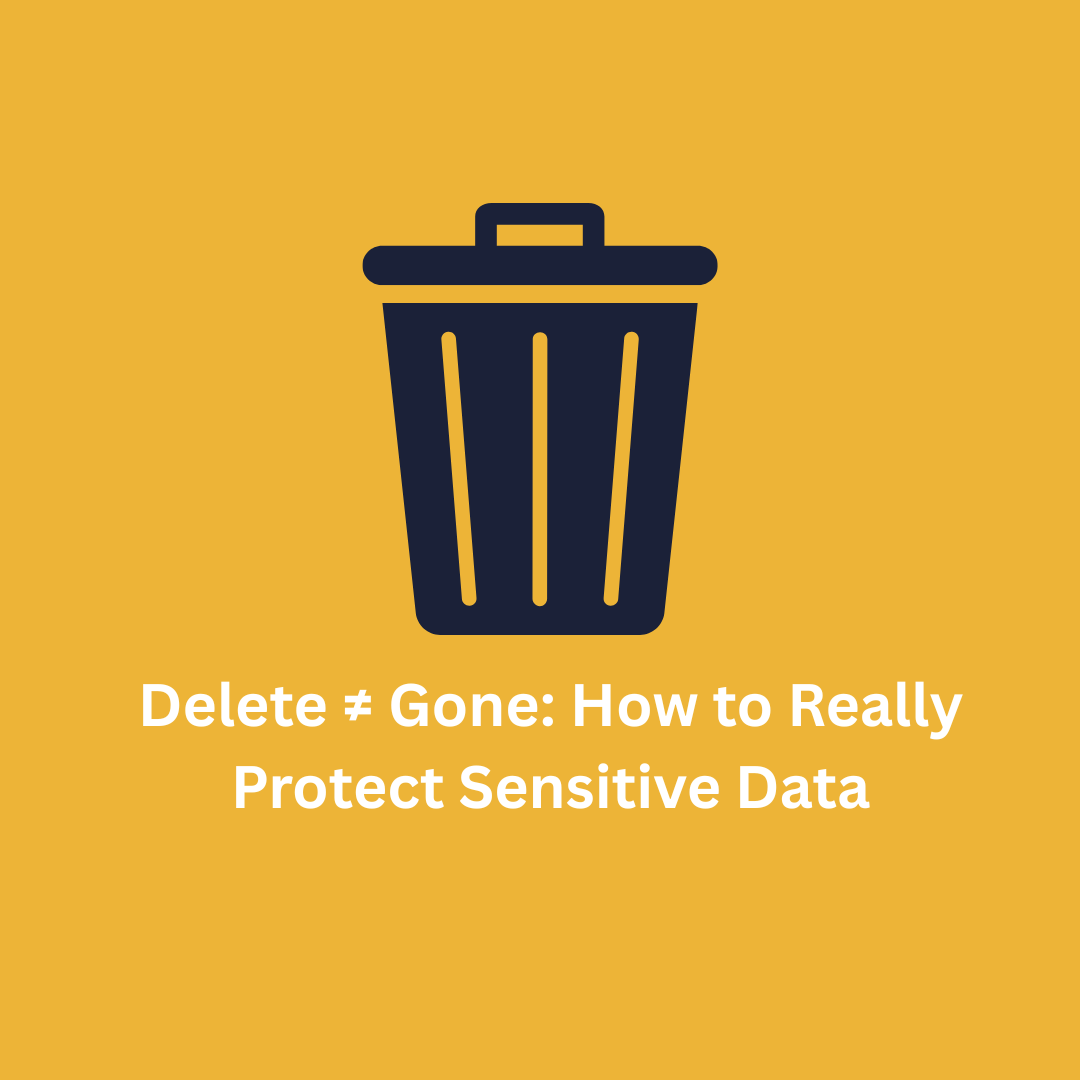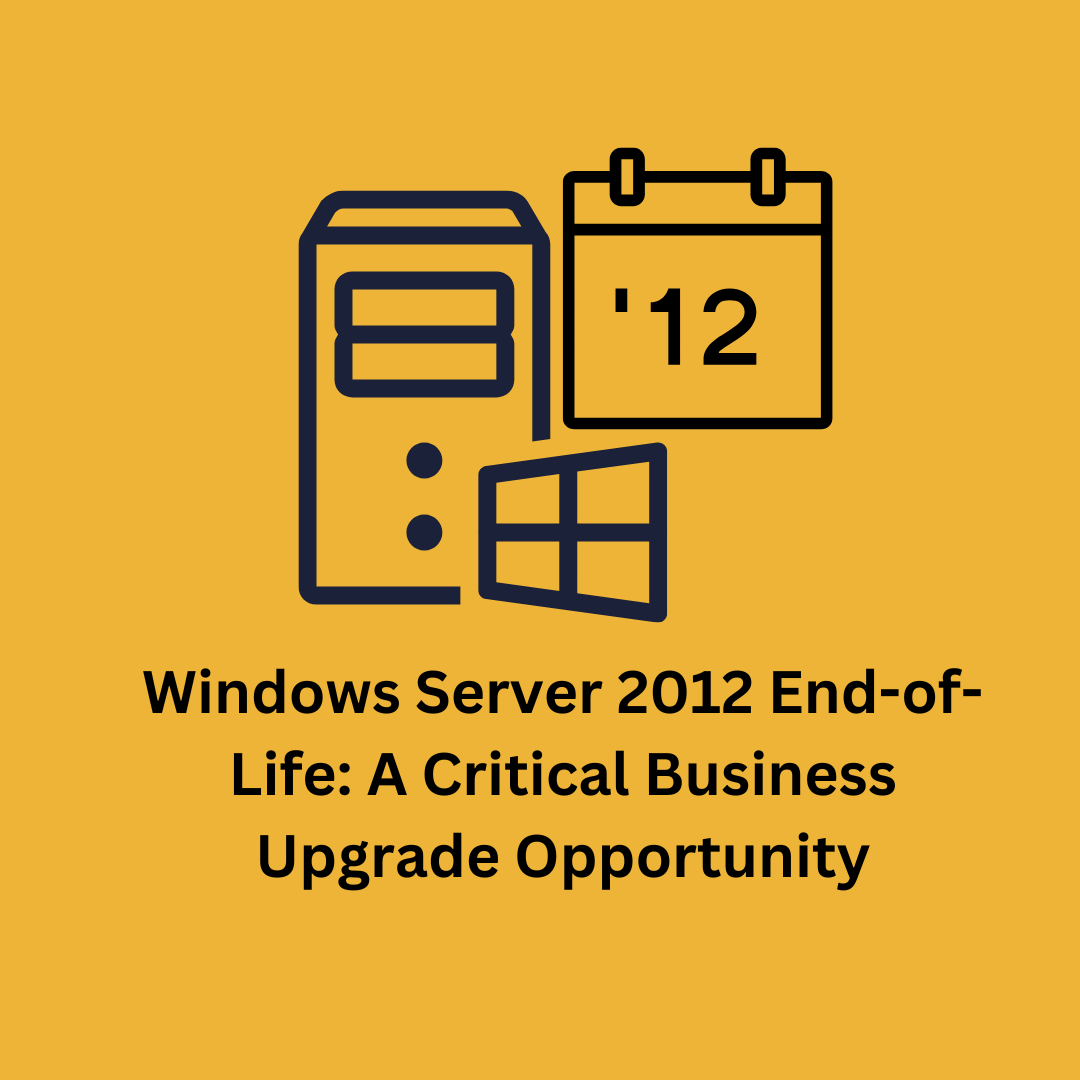What is SharePoint, and Why Use it?
Mobile, remote workforces still need tools to share and collaborate with one another. Business teams want to work together and get the job done. Microsoft SharePoint helps make that happen.
People use SharePoint in many different fields. They include science, education, law, government, finance, electronics, and technology verticals. Its largest market share globally is in the United States. Other top markets are Canada, the United Kingdom, and Australia.
If you are subscribing to one of Microsoft 365’s business plans, you already have access. SharePoint is Microsoft’s document management and collaboration tool. Users, wherever they are, connect to SharePoint through their own browser. SharePoint streamlines the process of tracking workflow and documents. But that is not all that the platform offers.
SharePoint Core Features:
Collaboration. Store shared documents in a folder on a server. SharePoint lets you create workflows, see document history, track file access, and more.
Organization. SharePoint greets users with a screen that shows:
- what they interact with most often
- sites that they are following
- featured links
- a search bar
Within SharePoint sites, you can also create lists to collect items. This might be announcements, contacts, links, or a task list.
Integration. SharePoint works with Word, Excel, Outlook, PowerPoint, and more. A team might create a shared notebook to keep information in one place and evolve as projects do.
Create community. SharePoint websites are a centralized location for teams to find what they need. Human resources might set up a site with its updates and important forms. This allows everyone to find the information they need.
Version control. Do not worry about emailing documents to various team members for input. A SharePoint document becomes the only source for the one, current document.
Search. Advanced search capabilities make it easy to look across a site library. Or users can search content in all SharePoint sites they can access. Avoid decentralization where assets span over employee PCs or different department siloes.
Data insights. Keeping all business data in one place makes it easier to review. Figure out what is being used or who is accessing what to find trends. Site admins, owners, and members can track the number of views. They can also check on popular items. They also see how many times people interact with the site, and more.
Share news. Keep teams engaged and informed using the News feature. Users post updates or share reports and documents in the newsfeed section of the website.
Mobility. Users can upload files and access them from anywhere. SharePoint works with Microsoft Edge, Internet Explorer, Google Chrome, or Mozilla Firefox browsers. There is even a mobile app to let people connect from their mobile devices.
Why SharePoint?
SharePoint bundles many features together in a dedicated platform suiting different industries. Replace inefficient, paper-based processes with a centralized, online repository of documents. This can help with accountability and limit business bottlenecks.
SharePoint helps you build personal and/or team projects, as well as customer and/or vendor-facing websites. Avoid unwieldy email threads or confusing conference calls. Chat online and track edits in SharePoint.
You can also automate business processes. SharePoint allows you to create intelligent workflows for simple tasks. For example, you can streamline processes, with SharePoint send files for approval. Once done, you get notification that the review is complete.
Success with SharePoint
You will need to set up an implementation strategy. Then train employees to understand SharePoint’s value. Businesses lacking IT resources struggle to customize features and build automated workflows.
Our IT experts can figure out the SharePoint service model that is best for you. We can help integrate SharePoint and add customizations where they can help you. Contact us today at (877) 686-6642!













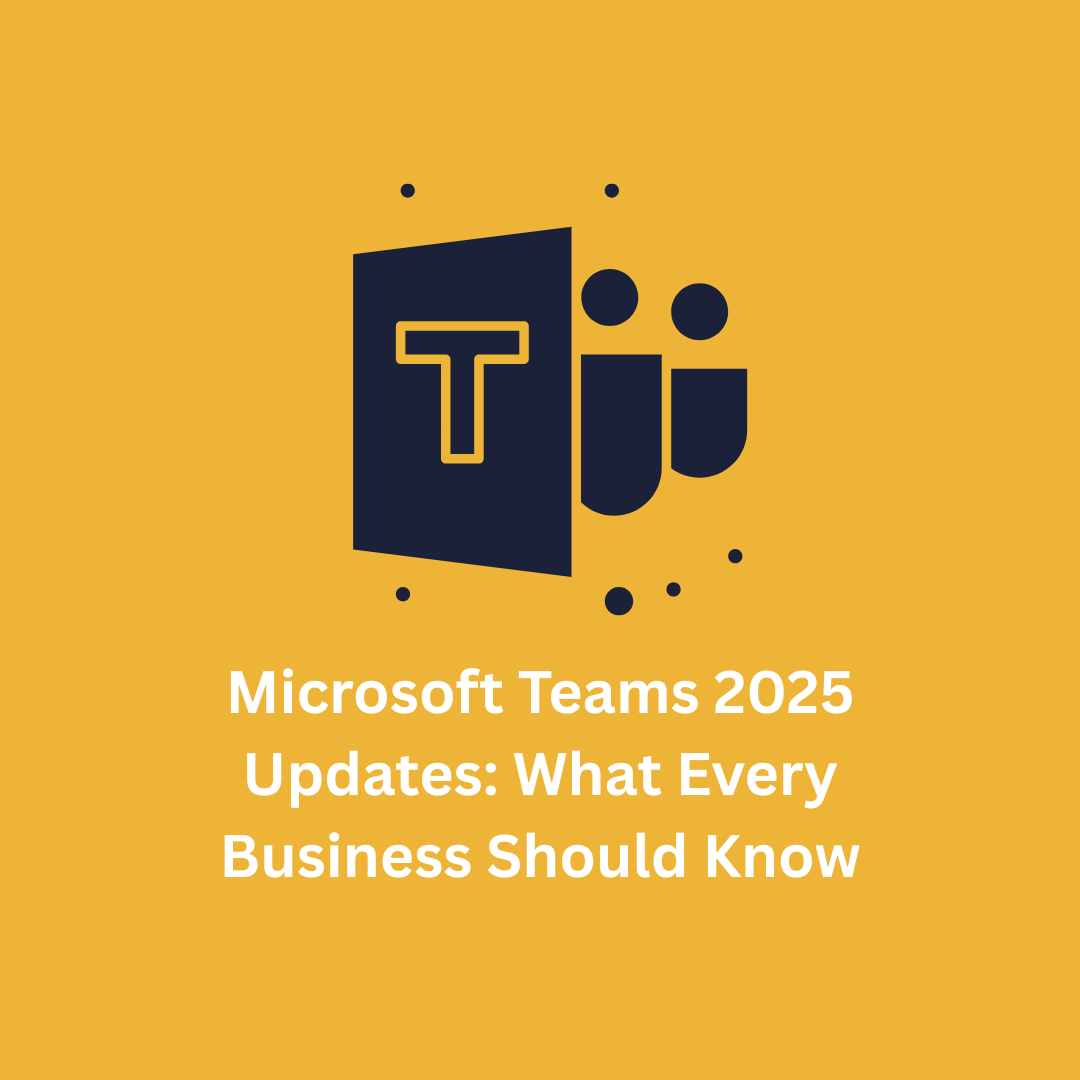
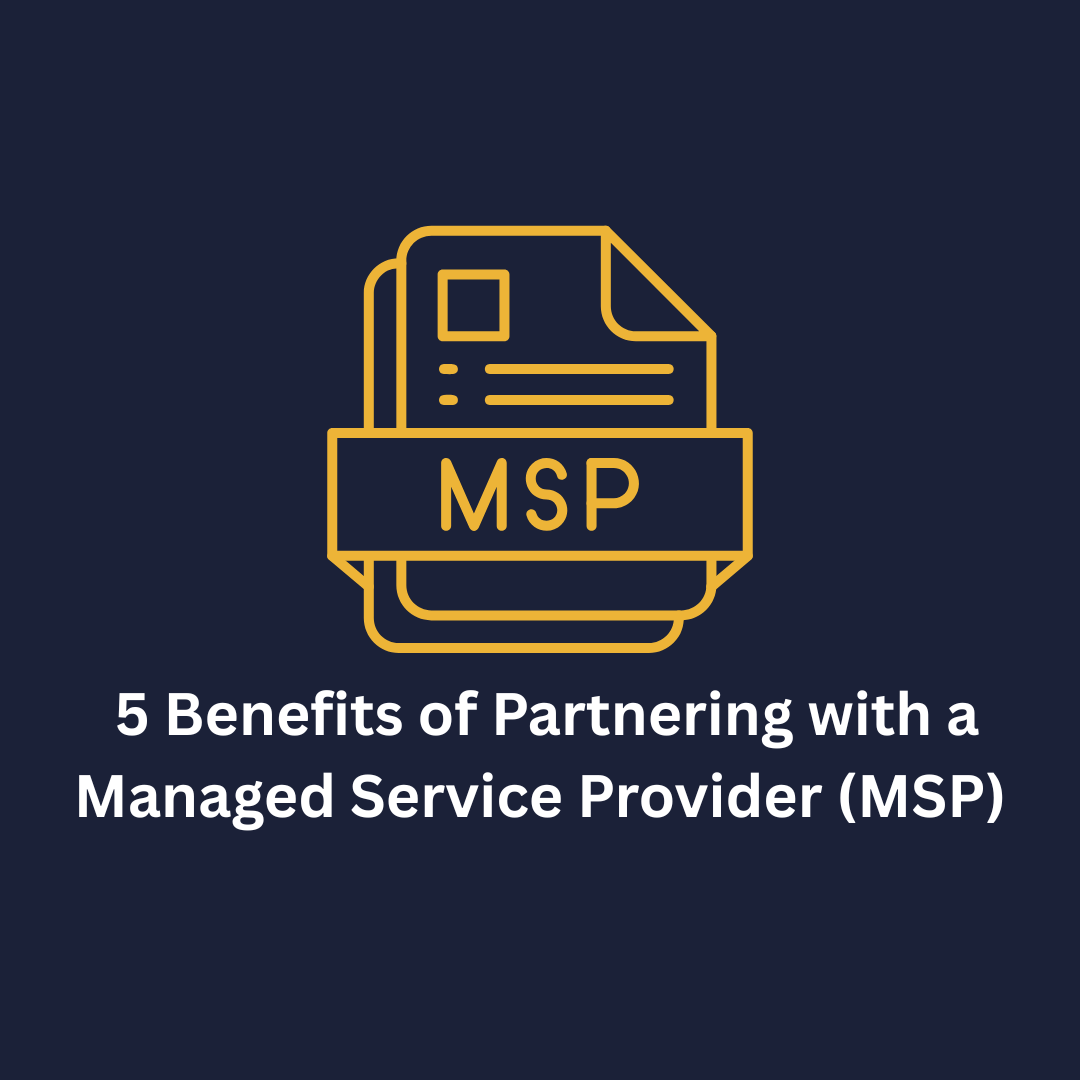






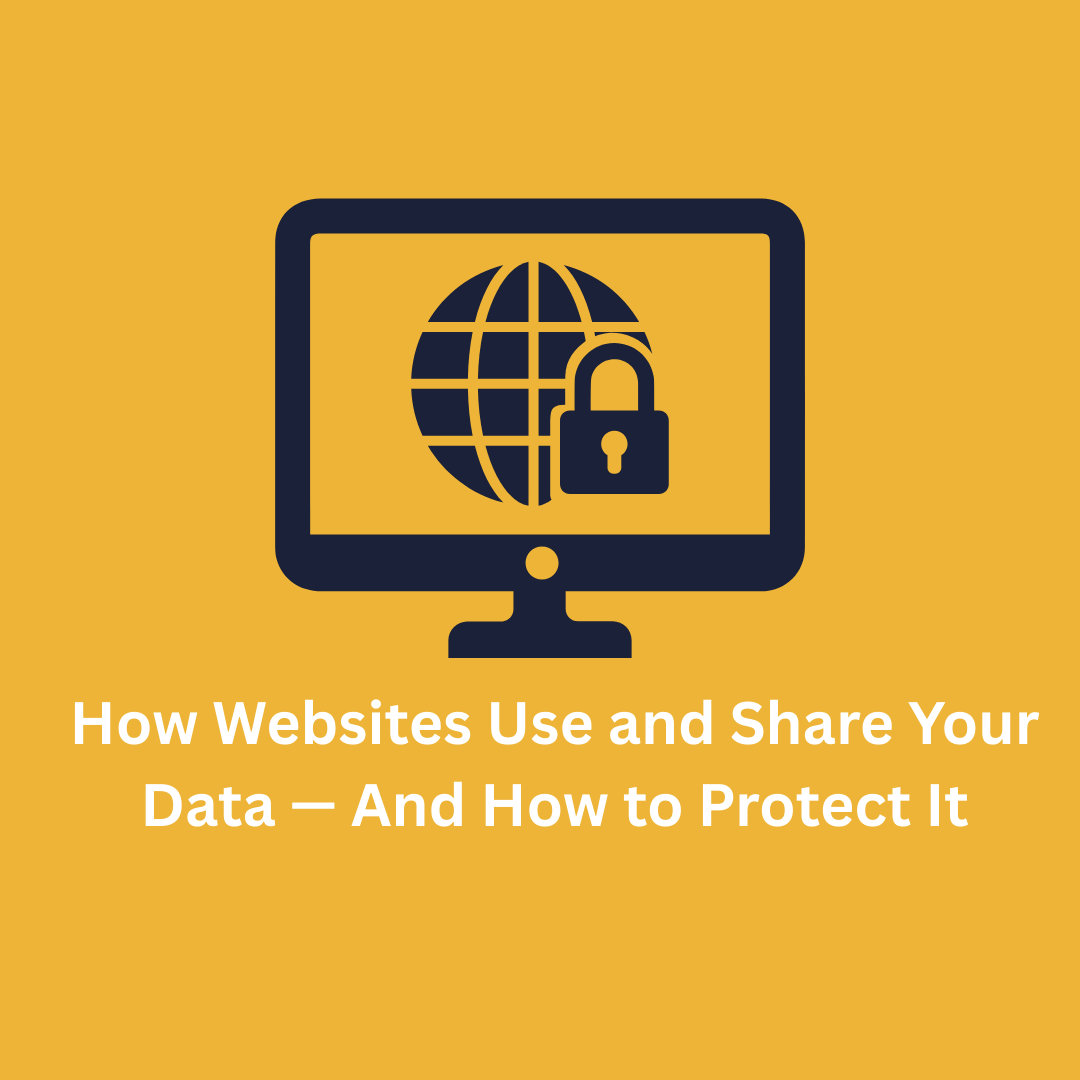


.png)









